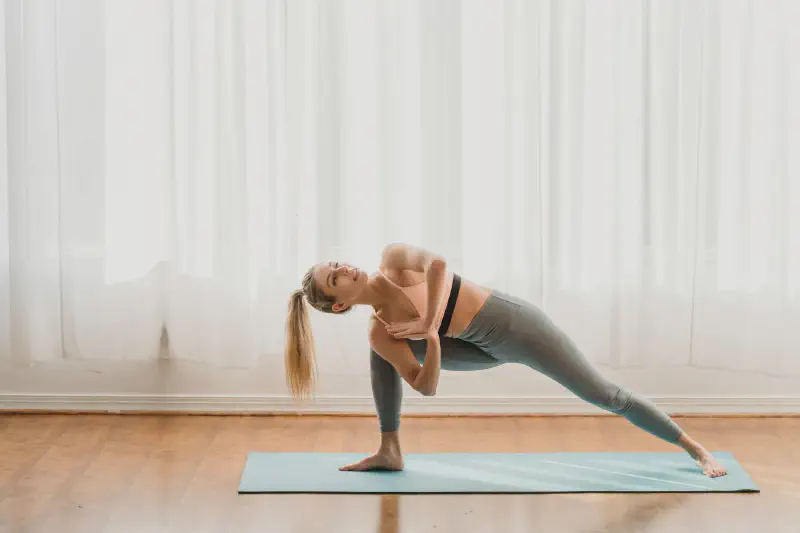Yoga for Runners: Enhancing Performance, Preventing Injuries, and Boosting Mental Focus
Introduction
Cross-training plays a crucial role in a runner’s training regimen, complementing the cardiovascular benefits of running with improved flexibility, balance, and strength. Among the various cross-training options, yoga stands out as an exceptional choice for runners, offering a comprehensive suite of benefits that enhance performance and overall well-being.
Improving Flexibility
Running often leads to tight muscles, particularly in the hamstrings, calves, and hip flexors. Yoga poses that target these areas, such as downward-facing dog, child’s pose, and runner’s lunge, help lengthen and loosen these muscles, improving flexibility and range of motion. Enhanced flexibility reduces the risk of muscle strains and injuries, while also improving running efficiency.
Enhancing Balance
Balance is essential for runners, contributing to stability, coordination, and injury prevention. Yoga poses that challenge balance, such as tree pose, warrior III, and half-moon pose, strengthen the core and improve proprioception, the body’s awareness of its position in space. This enhanced balance translates to improved form and reduced risk of falls during runs.
Strengthening Core and Muscles
Core stability is paramount for runners, providing a strong foundation for efficient movement and injury prevention. Yoga poses that engage the core, such as plank, side plank, and boat pose, strengthen the abdominal and back muscles, enhancing overall stability and reducing the risk of lower back pain.
Correcting Muscle Imbalances
Running can sometimes lead to muscle imbalances, with certain muscle groups becoming stronger than others. Yoga poses that target specific muscle groups, such as the gluteal muscles and hip abductors, help correct these imbalances, ensuring balanced muscle development and reducing the risk of injuries.
Injury Prevention
Yoga has been shown to reduce the incidence of running injuries by strengthening muscles, improving flexibility, and enhancing balance. Poses that focus on strengthening the ankles, knees, and hips, such as calf raises, warrior II, and pigeon pose, help protect these joints from overuse injuries.
Enhancing Mental Focus
Mindfulness plays a vital role in running, helping runners stay present, focused, and resilient. Yoga techniques such as deep breathing, meditation, and visualization improve mental focus, reduce stress, and enhance performance under pressure.
Bodyweight Exercises for Runners
Yoga-inspired bodyweight exercises, such as squats, lunges, and push-ups, provide a convenient and effective way for runners to build strength and improve functional movement. These exercises can be easily incorporated into a home workout routine, supplementing the benefits of yoga.
Resistance Training for Runners
Yoga-inspired resistance exercises, using bands or weights, offer additional benefits for runners. Exercises such as bicep curls, tricep extensions, and shoulder presses help strengthen the upper body, which contributes to improved running posture and reduced risk of shoulder and neck pain.
Conclusion
Yoga offers a myriad of benefits for runners, enhancing flexibility, balance, core strength, muscle balance, injury prevention, mental focus, and overall well-being. By incorporating yoga into their training routine, runners can improve their performance, reduce their risk of injuries, and enjoy a more fulfilling and balanced running experience.
Tips for Incorporating Yoga into a Running Routine
- Start gradually with a few yoga sessions per week.
- Choose poses that target your specific areas of need, such as flexibility, balance, or core strength.
- Hold poses for a few breaths, focusing on proper alignment and deep breathing.
- Listen to your body and rest when needed.
- Be patient and consistent with your practice to experience the full benefits of yoga.
